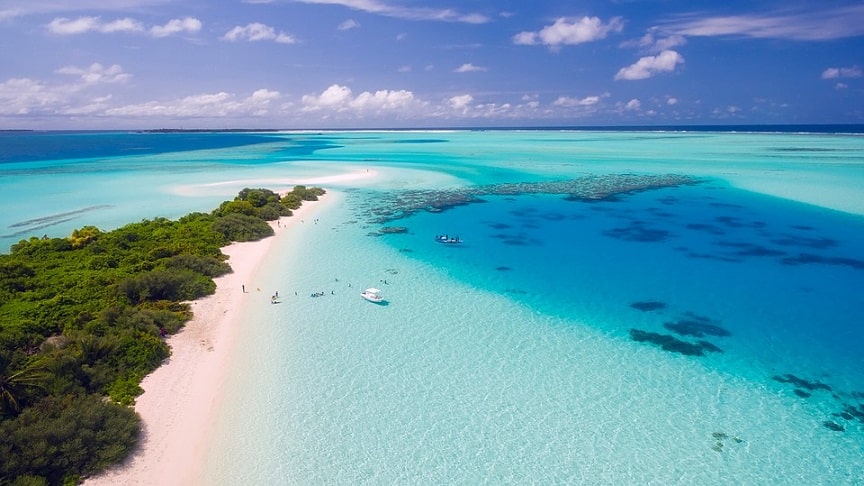Even though the ocean makes up 70% of the Earth’s surface, a discovery led scientists
to establish a new freshwater resource that could potentially exist in more locations around the world.
What they discovered appears to be freshwater, which hasn’t combined with saltwater. The source of the water dates back thousands of years ago when freshwater glaciers covered most of the planet. At this time, oceans receded when the water froze in exceptionally large ice blanketing sheets that surrounded the North American continent. The glaciers melted as soon as the ice age came to an end, which caused massive river deltas to flow across continents. As the ocean’s water level rose, freshwater got trapped below the waves in sediments was discovered during an operation where oil drilling took place offshore during the 1970s. This discovery excited scientists and led them to discover a brand-new source of freshwater.
The Discovery Continues
Proceeding with this new source of freshwater, scientists from Columbia University spend 10 days researching a ship towing electromagnetic sensors all the way from New Jersey to Massachusetts. The operation was carried out by measuring the manner electromagnetic waves traveled in both fresh and saline water. By doing this, they were able to map out the location of freshwater reservoirs for the very first time.
With their investigation, they found the freshwater reservoirs to stretch up to 50 miles off the United States’ Atlantic coast. This water body was found to contain many stores of groundwater with low salinity, which adds up to twice the amount of Canada’s lake, Lake Ontario. The deposit of saline starts 600ft under the seafloor, which stretches for several hundred miles.
Today, further studies suggest that, due to the size of freshwater deposits in the freshwater aquifer, it is also being fed by runoff from land, and could potentially exist in many topographies under the ocean’s groundfloor.






